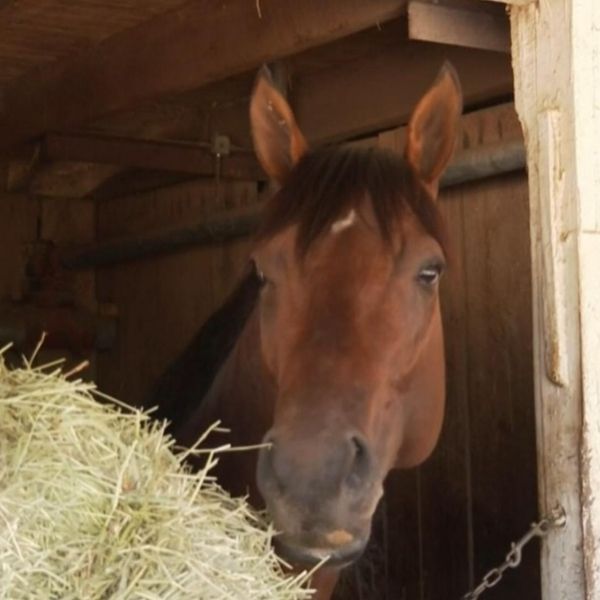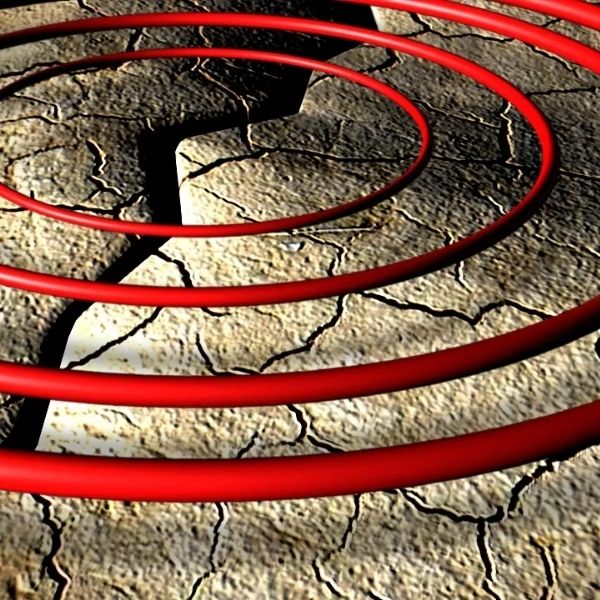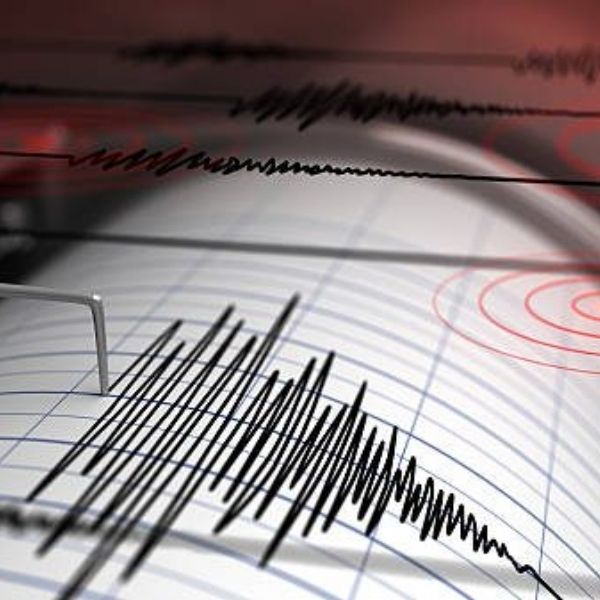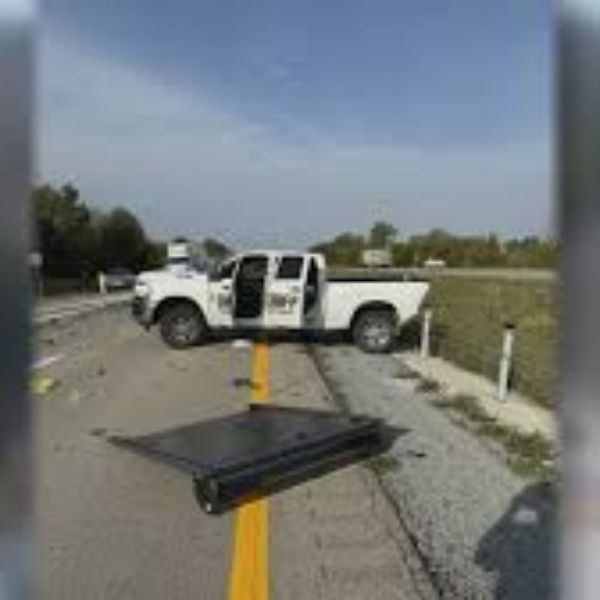LOUISVILLE, Ky. — The deaths of several racehorses during Kentucky Derby Week and the Spring Meet in 2023 alarmed the horse racing community.
Twelve horses died at Churchill Downs over two months, a figure considered unusually high by national horse racing safety authorities. In response, the Horse Racing Integrity and Safety Authority (HISA) formed a work group to investigate exercise-associated sudden deaths (ESAD), which occur in clinically healthy horses during or within an hour of exercise.
Dr. Karen Hassan, HISA’s compliance and research veterinarian, told WHAS 11 that a retrospective analysis showed most deaths occurred in horses early in their careers, between zero and five starts. She said the analysis also revealed these horses exercised less and less intensely than similar horses of the same age and gender.
HISA also launched a pilot study using wearable devices that monitored horses’ electrocardiograms (ECGs) during exercise. Four horses that died while wearing the devices were later found to be in atrial fibrillation at the time.
“When the device was put on the horse, the horse exercised and died of a fatal arrhythmia,” Dr. Hassan said. “It was thought atrial fibrillation could be relatively benign, but now we know it isn’t. Horses in atrial fibrillation shouldn’t train or race.”
Dr. Hassan explained that the condition was not detected in real time but discovered afterward. HISA is working with a company to develop a tracker that will allow trainers and veterinarians to detect atrial fibrillation before it becomes fatal.
HISA reports that in the first six months of 2025, ESAD accounted for 8% of horse racing deaths and 18% of training deaths at tracks under their rules. Retrospective analysis shows over 50% of these cases were likely related to cardiac issues, though the exact number caused by atrial fibrillation or other arrhythmias remains under study.
Louisville-based trainer Dale Romans said losing a horse is one of the hardest experiences in the profession. “We’re very close to these animals, and the health and welfare of our jockeys is so important. When a horse goes down, a jockey often gets hurt,” he said.
Romans said he has increased monitoring of all his horses’ movements over the past two years to detect problems early and is optimistic about new wearable technology.
“If we can figure out a way, which we’re on the path to doing, to identify horses at risk for heart failure, then we can do something different or even treat it and get them over it,” Romans said.
This article has been carefully fact-checked by our editorial team to ensure accuracy and eliminate any misleading information. We are committed to maintaining the highest standards of integrity in our content.











Leave a Comment